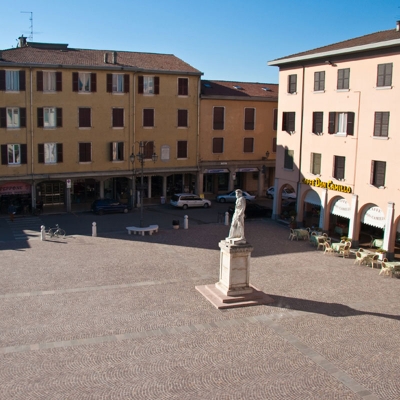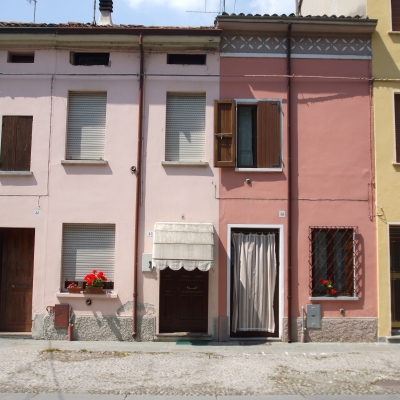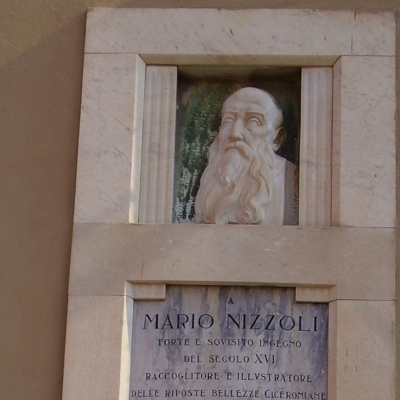The Zucchella Plum
The Zucchella Plum is a small and firm, but also really juicy fruit. The origin of its name seems to derive from this last characteristic, which could be defined as “Suchéla”.
Even though little is known about the etymology, its route to Brescello and the nearby lands seems certain: apparently, it was Marie Louise of Austria – whose dukedom extended up to the area of Guastalla, at the beginning of the 19th century – who imported it. It seems that the Duchess really appreciated this variety of plum, which was brought here by manpower of Slavic origin, who she had recruited to work in her lands.
In the Reggio Emilia province, it is cultivated mainly in Lentigione, a hamlet near Brescello: the name “Prugna di Lentigione” derives from this local tradition. The Municipality of Brescello and its producers, gathered in the “Associazione per la valorizzazione della Prugna di Lentigione” have launched initiatives aimed at spreading a better knowledge of this variety, to promote its enhancement. The lands once bathed by the waters of the river Po provide the best habitat for the cultivation of this plum, given that the soil is rich in iron and elements that provide the fruit extra sweetness. Their high sugar content makes it possible to obtain excellent quality jams, with the addition of a small amount of sugar: only 100 grams per kilogram of pulp. There is only 10% sugar in the Lentigione Plum jams, a percentage that is unrivalled when compared to other jams.




